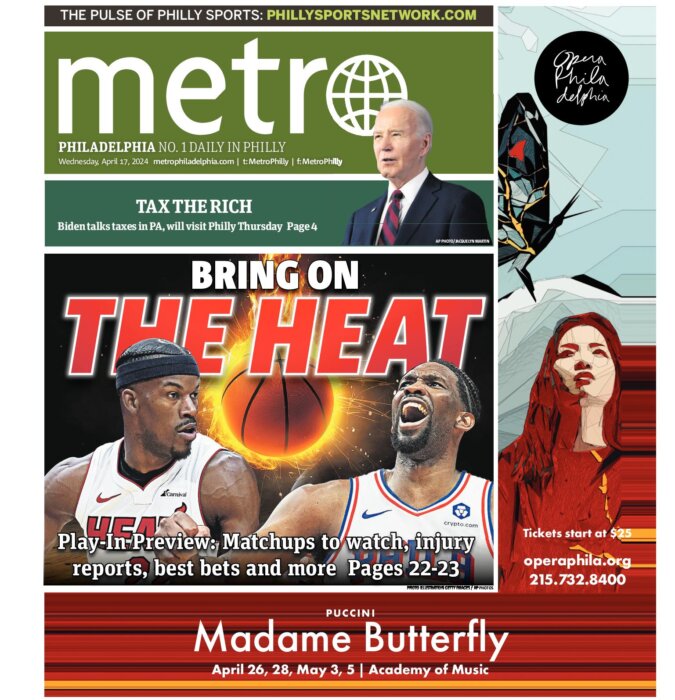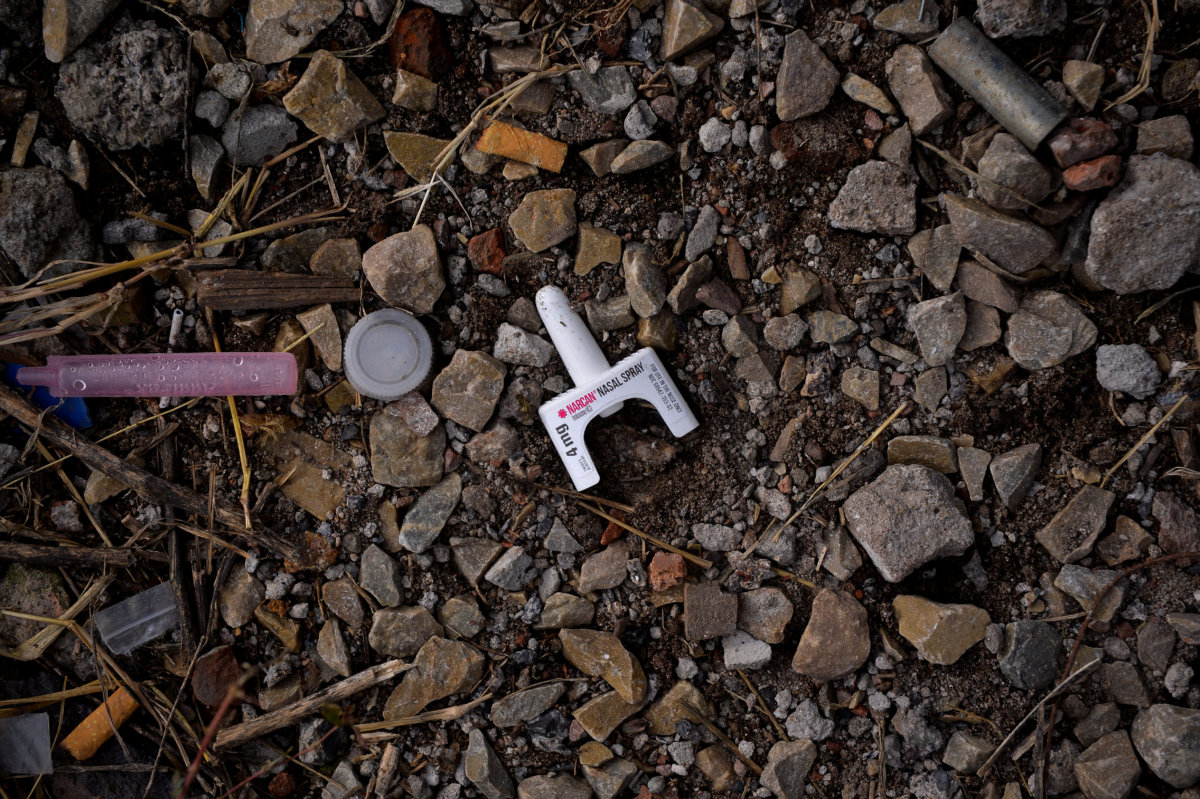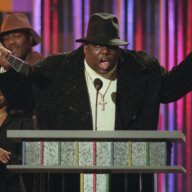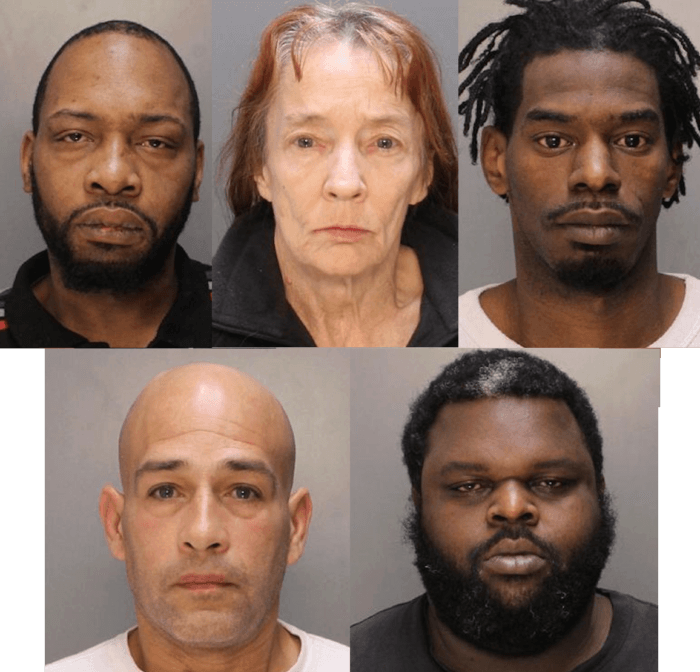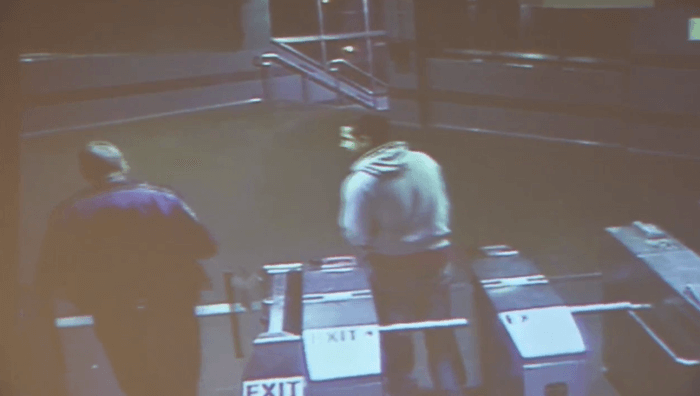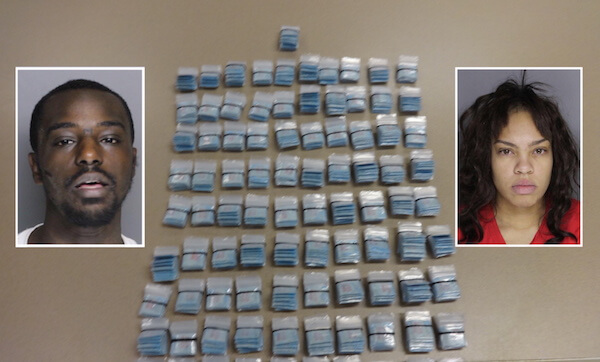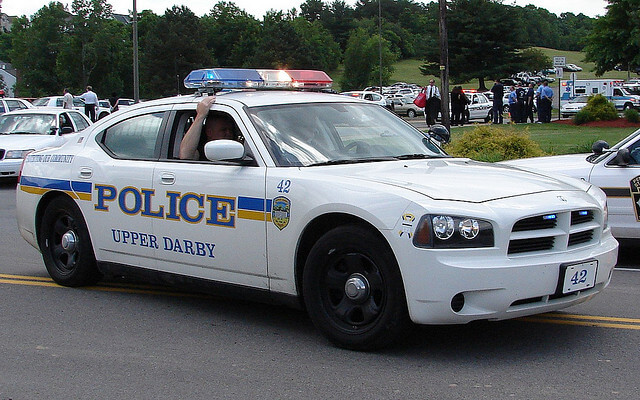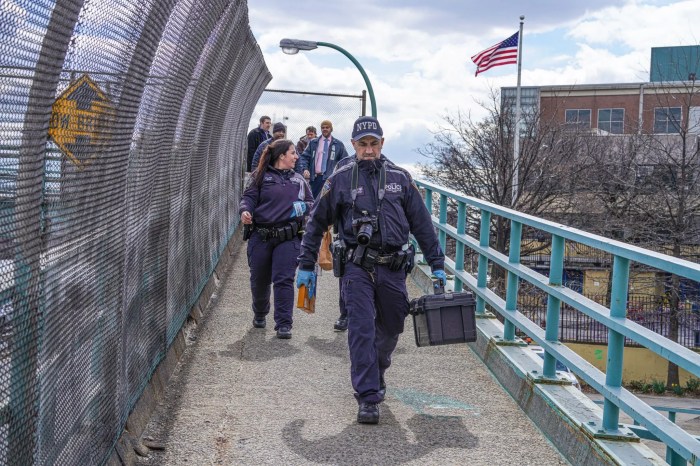Likely driven by the increasing presence of fentanyl and the coronavirus pandemic, 1,214 people fatally overdosed in Philadelphia last year, the second highest total ever recorded.
And, in a continued trend, the overdose rate for Black residents rose and deaths among the white population dropped, according to a Philadelphia Department of Public Health report released Thursday.
Beginning in 2014, there was a rapid increase in the number of overdoses in the city, reaching a peak of 1,217 in 2017. After a drop the following year, rates rose in 2019 and 2020.
“While the world has been focused on the COVID-19 pandemic, drug overdoses continue to wreak havoc across our city,” Acting Philadelphia Health Commissioner Cheryl Bettigole said in a statement.
“Increasingly, fentanyl is being found in all types of illegal drugs, exposing individuals who are not familiar with opioids to this deadly drug,” she continued.
Fentanyl, a powerful synthetic opioid, is 30-to-50 times more potent than heroin and can be extremely addictive. It was detected in 81% of fatal overdoses that occurred in the city last year.
The substance can be especially dangerous to non-opioid users who have not built up a tolerance to the drug, which, in the past, was more commonly associated with heroin.
Deaths involving methamphetamine jumped 64% from 2019 to 2020, and fatal overdoses related to PCP more than doubled.
Officials cited fentanyl as the cause, with the opioid being present in 83% of the deaths involving meth and 77% of the PCP fatalities. In 2018, fentanyl was found in only about half of overdoses where PCP was detected.
Bettigole encouraged drug users to carry the opioid reversal drug naloxone, also known as Narcan, and fentanyl test strips, which can be used to check a substance. She also urged people not to use drugs alone.
Side effects of the COVID-19 pandemic “very likely” played a role in the increasing rates of overdoses in Philadelphia and elsewhere, health department spokesman Jim Garrow said.
The resulting economic downturn led to high levels of unemployment and social distancing left some isolated, both of which put an individual at higher risk of drug abuse, he added.
“In addition, the pandemic reduced access to behavioral health treatment and social services,” Garrow told Metro.
Overdose deaths increased 31% from 2019 to 2020 among Black Philadelphians, while rates fell nearly 10% for whites, according to the report.
It’s unclear why more Black drug users are dying, Garrow said, but it appears that they are getting more exposed to fentanyl, either through the use of opioids or stimulants and hallucinogens.
The health department, in a statement, said it is conducting outreach with organizations serving the Black community and working to raise awareness about the benefits of harm reduction.
More overdose deaths occurred last year in the 19134 zip code — which includes Kensington, long the center of the city’s opioid epidemic — than any other, but the number actually fell 22% from 2019, the report found.
Drug-related fatalities doubled in Overbrook and in the zip code 19144, which covers parts of Logan and East Germantown, and rose 75% in 19123, incorporating Northern Liberties and a portion of lower North Philadelphia.
Overdose rates were highest among the Hispanic population and people between the ages of 55 and 65, and men were much more likely to overdose than women, according to the report.
